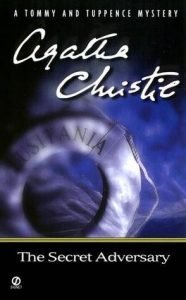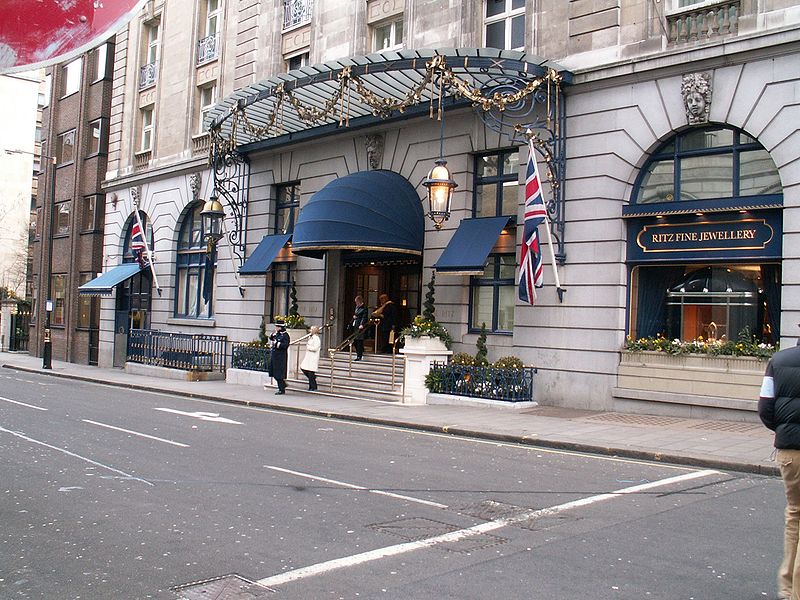 Phantastes: A Faerie Romance: “I awoke one morning with the usual perplexity of mind which accompanies the return of consciousness.”
Phantastes: A Faerie Romance: “I awoke one morning with the usual perplexity of mind which accompanies the return of consciousness.”
I read Phantastes for the first time in 2012, and while reading it, I was very confused with the progress of the story. So many questions swirled around in my head as to the plot, such as why Anodos, the main character, decided to go to a particular place and why he didn’t listen to advice and what was the point of his wanderings? I approached the book as I would a book like The Lord of the Rings where I was expecting an obvious quest in the culmination of something grand. What I received was a sort of lazy, fanciful wandering by Anodos as he continually encountered faerie princesses and maidens, along with a knight, giants and other evil malefactors. While there were instances of adventure and situations where he had to employ his strength and good sense, these instances seemed solitary experiences that did not connect to the whole. I just couldn’t figure out the point of the story. When I couldn’t find it, I was left somewhat disappointed and unimpressed. Flash-forward to my second reading this year and an epiphany! ….

 The Secret Adversary:
The Secret Adversary: 

